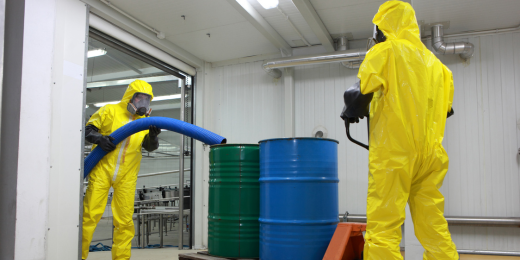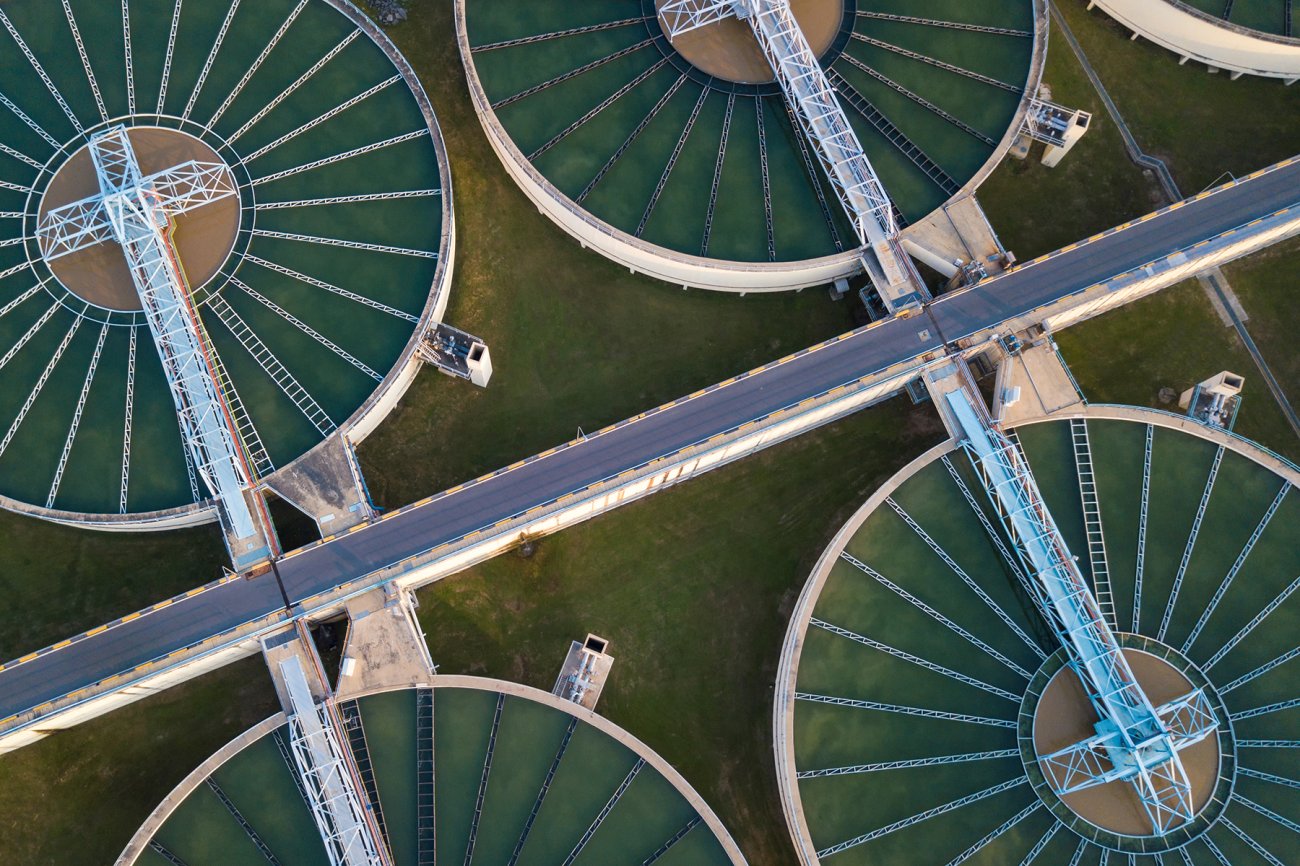Reclaim Waste Fundamentals Explained
Reclaim Waste Fundamentals Explained
Blog Article
7 Easy Facts About Reclaim Waste Described
Table of ContentsIndicators on Reclaim Waste You Need To KnowAll About Reclaim WasteGetting The Reclaim Waste To WorkReclaim Waste Fundamentals ExplainedFacts About Reclaim Waste Uncovered
Check out the types, occurrences, and kinds of liquid waste. Residential sewage waste refers to the waste and products from a domestic septic system. This kind of waste is created by humans in homes, schools, and various other buildings. This only includes septic systems that have a drainpipe area. The proper monitoring and disposal of residential sewage waste call for liquid waste to be moved to a sewer therapy plant where the correct methods and tools are put on detoxify and get rid of waste.
Commercial waste often consists of potential dangers, such as flammable materials or a blend of fluid and strong waste products, and needs an extra innovative and detailed disposal procedure. The disposal of industrial waste usually involves the filtering of waste prior to transport to ensure safe and correct disposal. Hazardous waste is developed from results and overflow of industrial procedures and production.
This kind of waste can not utilize the same sewer management transportation or procedures as septic or commercial liquids. The industrial waste management process requires the inspection and screening of liquid waste prior to it undergoes the disposal procedure (industrial wastewater treatment). Runoff waste is the liquid waste that originates from runoff and excess stormwater in highly populated locations or cities
Drainage waste can create contamination and flooding if not handled correctly. Ensuring proper waste monitoring can stop catastrophes and reduce environmental damage.
Our Reclaim Waste Ideas
Call PROS Providers today to discover our waste administration and disposal solutions and the appropriate methods to look after the fluid waste you create.
(https://share.evernote.com/note/7e2c20e2-4e08-1523-1aa2-d06cf7e27761)Do you know what happens to your water when you pull the plug, purge the commode or drain pipes the washing machine? No? Well, it deserves recognizing. This supposed 'wastewater' is not only an essential source yet, after treatment, will be released to our land, waterways or the ocean. Utilized water from bathrooms, showers, baths, kitchen sinks, washings and industrial procedures is referred to as wastewater.

water used to cool down machinery or clean plant and devices). Stormwater, a form of wastewater, is runoff that flows from agricultural and city locations such as roofings, parks, gardens, roadways, paths and rain gutters into stormwater drains pipes, after rain. Stormwater streams untreated directly to neighborhood creeks or rivers, at some point getting to the ocean.
Reclaim Waste for Beginners
In Queensland, most wastewater is treated at sewage therapy plants. Wastewater is carried from domestic or commercial sites with a system of sewage systems and pump stations, called sewerage reticulation, to a sewage treatment plant. Local federal governments construct, preserve and operate most sewer treatment plants. Operators are certified under the Environmental Management Act 1994 to discharge cured wastewater at an appropriate ecological standard into rivers.
The Division of Natural Resources encourages regional federal governments about handling, operating and preserving sewage systems and therapy plants. In unsewered locations, city governments might need owners to install specific or house sewage therapy systems to treat domestic wastewater from bathrooms, cooking areas, washrooms and laundries. The Department of Natural Resources authorizes using house systems when they are shown to be efficient.
A lot of stormwater obtains no therapy. In some brand-new subdivisions, therapy of some stormwater to get rid of trash, sand and crushed rock has actually started utilizing gross pollutant traps. Wastewater treatment happens in 4 phases: Eliminates strong matter. Bigger solids, such as plastics and various other items incorrectly released to drains, are eliminated when wastewater is gone through screens.
Uses tiny living microorganisms understands as micro-organisms to break down and get rid of staying liquified wastes and great particles. Micro-organisms and wastes are incorporated in the sludge.
Reclaim Waste Fundamentals Explained
Nutrient elimination is not readily available in any way sewer treatment plants because it requires costly specialist equipment. It is becoming a lot more typical in Queensland. Clear liquid effluent produced after therapy learn this here now may still contain disease-causing micro-organisms. If this effluent is launched right into rivers such as rivers or the sea, the micro-organisms will at some point pass away out.

This generally means wastewater needs to be dealt with or pollutants removed prior to it can be discharged to rivers. The majority of wastewater flows right into the sewage system. Under the Act, city governments provide authorizations and permits for ecologically relevant tasks (ERAs) entailing wastewater launches that could have a neighborhood impact. The division provides approvals and permits to ERAs entailing wastewater releases that might have a local or statewide effect.
Reclaim Waste for Dummies
Surveillance offers valid information about water high quality and can validate that permit problems are being fulfilled. The information obtained through monitoring gives the basis for making water quality decisions.
Report this page